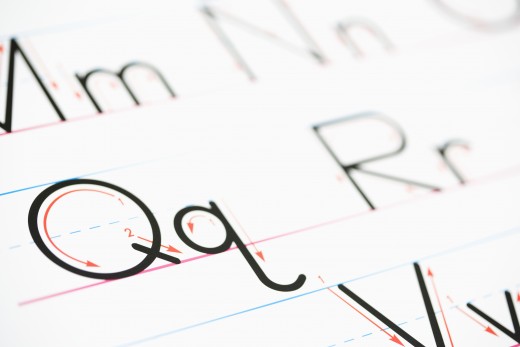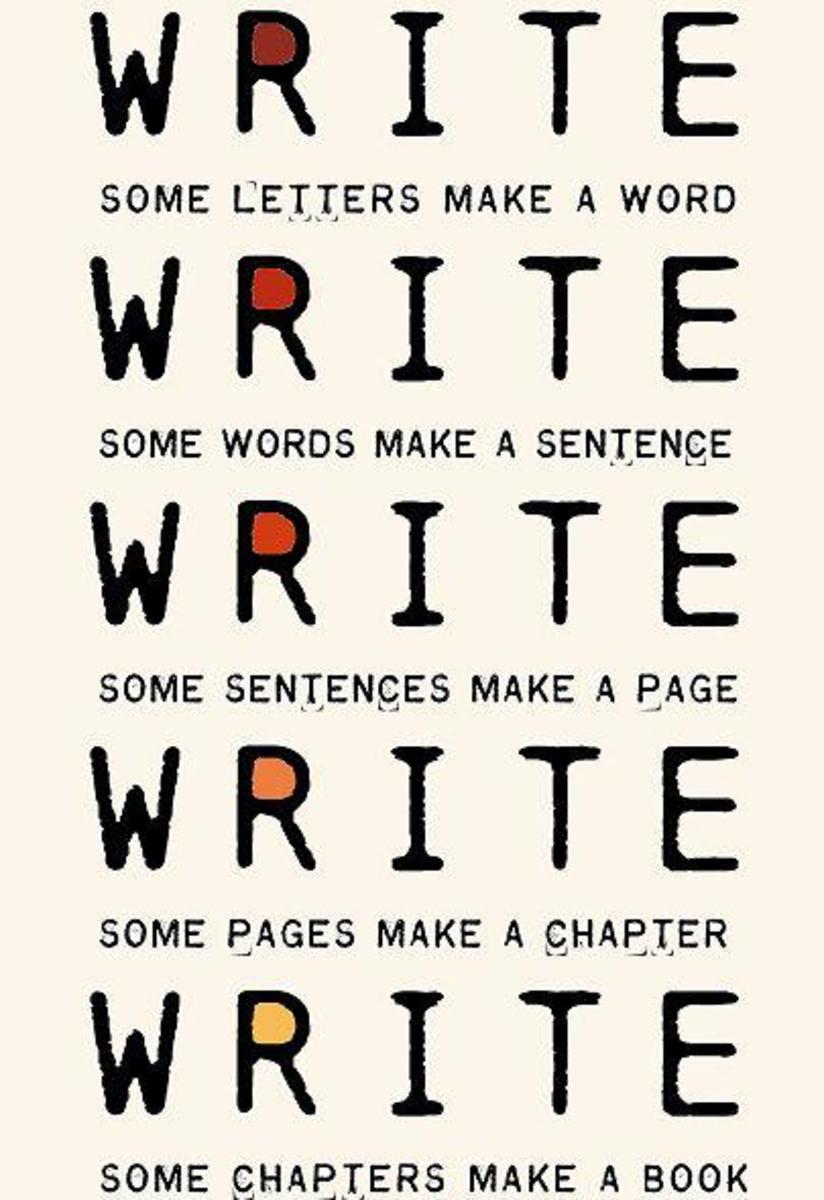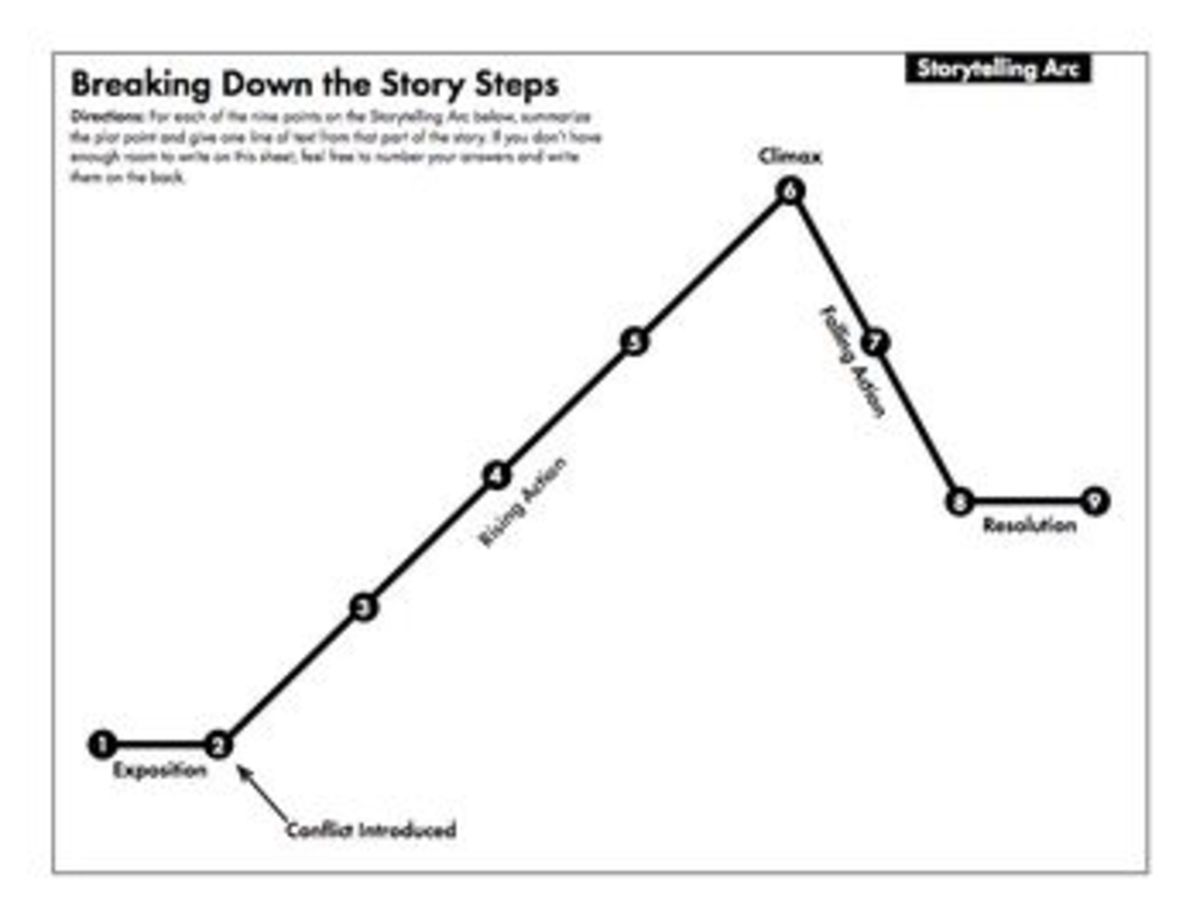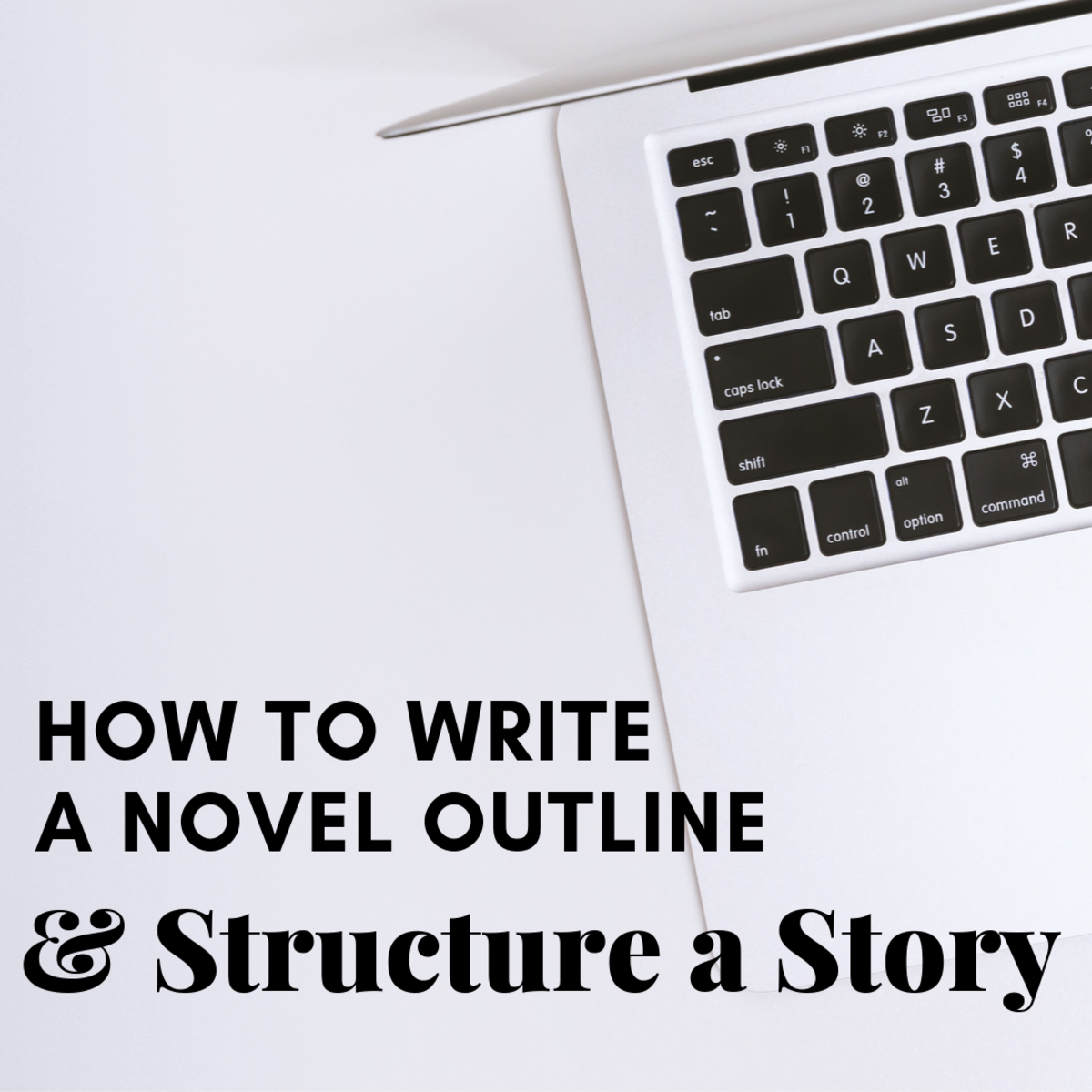Novel Writing Simplified

Overview
Have you ever read a magazine article or even seen a “B” Movie that seem to fail in the logic department? This is because either the writer wasn't able to focus on one particular point per paragraph or the writer’s concept failed to materialize when reproduced on the screen. More than likely the real reason is because there was no outline.
There are few people with the capability of sitting at their computers and pecking out a best seller. That takes natural talent! However, most of us need a little assistance in the form of having the right foundation. This is the reason to explore the concept of creating an outline.
What is an outline? One definition of an outline is the central features or main aspect of something under discussion. I would like to interject this definition: the systematic listing of information that is needed to make a project easier to complete. Outlines give you the ability to finish your novel in half the time with a very satisfying outcome. Outlines really work!
One of the chief reasons for an outline is to keep your thoughts flowing. Developing your characters and coming to a realistic conclusion are also reasons for having an outline. If you are truly interested in becoming a successful journalist, novelist, short story writer or even a blogger, your writing should have continuity.
Knowing this, it should be small wonder that the best well executed novels have been methodically designed and orchestrated. Whether your outline is carried around mentally, or you assemble it on your computer … you will spend less time staring at a blank screen and more time creating your story. This article is about creating a successful novel.

Let’s begin by deciding a title
Your title is the first introduction to your novel. The right title can either stimulate the reader’s curiosity or leave him disinterested. Fiction writing should possess a more imaginative title than nonfiction. However, it is perfectly acceptable to give your historical account a “jazzy” title. Just keep in mind your audience. Sticking with a more conventional title is always safe when doing factual writing.
Take into consideration what subject you wish to explore. Suppose you want to write a novel about a woman finding her true “calling” in a beautiful pastoral setting. It could be a castle in Europe. Narrow it down further by choosing a countryside that is steeped in wonderful landscape as well as possessing some historic significance. When writing a romantic novel especially, you want your readers to not only become captivated by the chief character, but the surroundings as well. If you can't decide on your title right away, don’t become discouraged. It’s possible to get half-way through your novel before you discover just the right title.
Once you’ve decided on a suitable title; focus on your content. Let’s explore the connotations of a simple title to an adventure novel .
Title: Weathering the Storm
Suppose you have decided on Weathering the Storm as a suitable title for your novel. You can go in at least two different directions with this title. This could be about a storm that has been predicted to devastate a small community and how the people cope by preparing for its arrival. This could also be about a woman who experiences the unexpected death of her spouse due to an accident and how she comes to grip with this loss. Will she be able to adjust to this or will she succumb to its devastating effects.

Now for Some Preliminary Developments
Summary: Your summary will be a mini version of your novel. You don’t necessarily have to include a summary in your fictional novel. Its chief function is for you, the writer to experiment with what’s in your novel. Remember, your summary can change many times during the development of your novel. However, if you desire to include some type of “leading information” you can do that. In your actual story, it’s generally not called a summary. It could be either a Prelude or a Prologue.
Prelude: If it’s a Prelude, then your focus should be on what has led up to the present circumstances. What event took place that the chief character is reflecting upon that causes him/her to tell the story? The Prelude generally is placed at the beginning of the story.
Prologue: The Prologue general takes place at the end of the story. It gives the reading audience insight as to the outcome of what happened within the main story. The action has already taken place and this is a reflection on what has happened as a result of the circumstances found in the main story.
Example: It was 5 years ago to the date that Jeremy fell from the side of the mountain in Yellow Stone Park permanently paralyzing him from the waist down.
This is the information in your story. Your prelude can briefly examine the events prior to the accident. You give the reading not an in-depth detail of the events, but a glimpse into Jeremy’s present behavior from past circumstances. The desired effect is to entice the reader into to wanting to read the entire novel.
Likewise, the Prologue will give a type of futurist look into what happens after the main character Jeremy interacts with other characters and how their influence on his life cause him to either become a better person or a more bitter one.
It is not mandatory to have either, but it does satisfy the curiosity of the reading audience.

Now Further Development
Characters: The next task will be the development of your characters. Going back to the original outline, begin to describe each personality in detail. Their age, physical characteristics, and state of mind if this is important. Give as much information as possible. Remember, you want your readers to be able to visualize each person.
Your characters are the “meat” of your novel. Depending on the location of the story, the names should complement the characters. This is where it is important to research your locality and customs of the people. Unless you are writing a fantasy or pure science fiction novel, there are certain patterns in the types of names people choose for their children.
If your setting is in a European environment—the names chosen will be steep in tradition. My research on titles such as Duke, Earl, Count etc. revealed how the father may possess the title of Prince but not his son. His son would be the Duke. So if you are writing a historical romantic novel regarding the aristocracy, be sure and do your homework first.
You may ask, what’s in a name? The answer is a lot. When you read the name Savanah or Samantha, images of Southern Belles should appear. While names such as Victoria or Elizabeth are definitely names of English queens. Aimee and Emily are very feminine names while Ivan and Eric are strong masculine names. Frances, Leslie, Sidney (Sydney) or Ashley can be either male or female names. Experiment and see what happens.
Now, if characters are the “meat” of the story—the chapters are the flavoring—giving substance to every novel. Including a brief summary in your outline will subsequently be a great aid in the development of your novel. Let’s investigate chapters further.
Chapters: While each chapter doesn't necessary need a title; in your outline it’s important to write down what you plan to achieve in each chapter. As you develop your chapters you want to maintain the integrity of your novel. The chronological order may not be that crucial—however, when you do introduce flashbacks in time; be sure that they are logically integrated in the story and not haphazardly placed.
Chapter One: The Early Years of the Main Character
a. The location of his origins
b. Information regarding his parents or grandparents
c. Other significant people in the main character’s life
d. Childhood incidents positive or negative
d. Any consequences of that rash behavior
Then continue each subsequent chapter in the same manner. Identify the circumstances surrounding the chapter and briefly describe what will happen. Don’t go into any great detail. This is just your flexible outline.
Hopefully, this gives you a rudimentary idea of how you want your chapters to flow. Under each heading try using brief terms to express the action that is expected to happen. This will aid in the continuity of your story. However, don’t allow your outline to restrict you. You have the option of changing your characters, adding more characters or editing your chapters whenever necessary. It’s your outline and its there as your “road map” or guide to novel writing.
As always, have fun writing your story. When you see it as an adventure and not as a chore, you will be embarking on a journey filled with possibilities.
Let's take a Poll
Do You Ever Outline?
© 2013 Jacqueline Williamson BBA MPA MS








